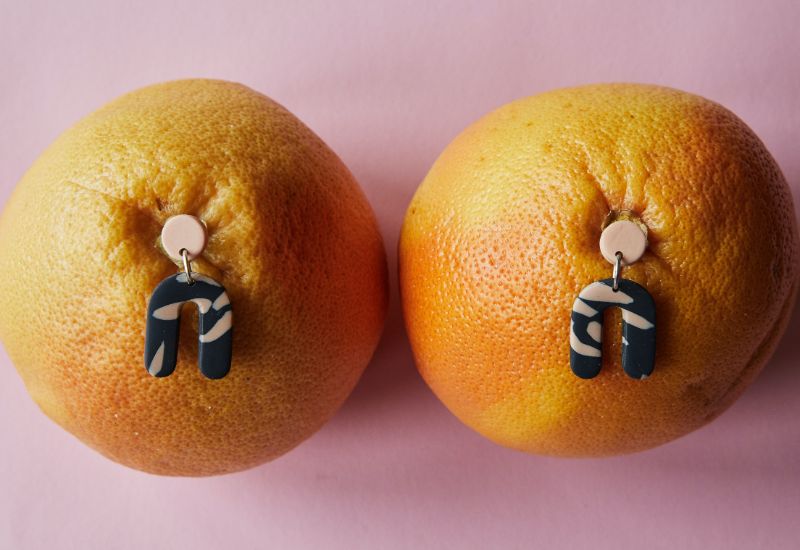Macromastia, also known as breast hypertrophy, is a medical condition characterised by an abnormal and excessive enlargement of one or both breasts.
This condition goes beyond what is considered typical for breast development and can cause physical and emotional discomfort for those affected.
Depending on the severity, this condition might involve getting surgery to help alleviate symptoms.
Breast reduction surgery is one of the most common procedures that women get, and it’s a known solution for helping macmastic breasts.
In this blog post, we will cover all you need to know about macromastia and explain how we can help those who suffer from the condition.
What causes macromastia?

Macromastia can have various causes, and it often results from hormonal imbalances or changes in the body.
The exact cause of macromastia can differ depending on the individual and the specific type of macromastia.
Common factors that can contribute to the development of macromastia include:
- Genetics.
- Pregnancy.
- Weight Gain.
- Hormonal Disorders.
- Medications.
How do you get rid of macromastia?
Macromastia can be treated through various methods. One of the most commonly used methods is breast reduction surgery.
This surgical procedure involves removing excess breast tissue, fat, and skin to reduce the size and weight of the breasts.
Breast reduction surgery can significantly improve physical symptoms and enhance the individual’s overall quality of life.
How long does it take to recover from breast reduction treatment?
You should expect some swelling and bruising in the first few days after surgery. You’ll soon feel this pain subside after a few days and find it less discomforting.
The recovery time after breast reduction surgery can vary depending on a few factors. Generally, it takes several weeks to a few months for a full recovery.
How common is macromastia?

Macromastia isn’t that common.
In fact, around 5% of women are actually diagnosed with macromastia by the time they reach 50. There are even rarer cases where some women will have extreme macromastia.
What triggers macromastia?
Various factors can cause Macromastia, and only after a medical examination will you uncover the true cause behind why you may suffer from it.
Some possible reasons why you may suffer from macromastia include:
- Genetic predisposition
- Hormonal imbalances during puberty
- Pregnancy
- Menopause
- Weight gain
- Impact of certain medications
The precise cause of macromastia often remains unclear, which is why the condition tends to be considered idiopathic.
What is puberty-induced gigantomastia?
Puberty-induced gigantomastia occurs during adolescence as the breasts begin to develop. Girls experiencing puberty-induced gigantomastia may experience rapid and disproportionate breast growth.
What size are overly large breasts?
Breasts diagnosed with macromastia or gigantomastia are generally defined as breasts that exceed normal proportions. No defined size indicates the condition, but it is generally agreed that if your breast weight exceeds 3% of your total body weight, you likely have macromastia.
If the size of your breasts causes functionality issues, such as physical discomfort, back pain and skin issues, it is recommended that you seek medical advice.
How do I know I have macromastia?
Macromastia is diagnosed based on a physical examination and medical history. If you experience tenderness or pain in the back, neck, or shoulders, it could be a good indication that you have excess breast tissue causing physical discomfort.
A doctor will assess the size and weight of your breasts and will usually request to perform a physical examination to rule out any other potential health concerns.
What are the problems with macromastia?
Macromastia can lead to a range of physical, emotional, and social problems for those affected. The severity of these problems can vary depending on the severity of the condition and individual experiences, but some common issues associated with macromastia include:
- Physical Discomfort.
- Skin Irritation.
- Difficulty with Physical Activities.
- Finding Well-Fitting Clothing.
- Emotional Distress and Self-Esteem Issues.
- Posture Issues.
It’s important for individuals experiencing problems related to macromastia to seek medical evaluation.
How is macromastia diagnosed?

Macromastia is diagnosed through a combination of medical history, physical examination, and sometimes additional imaging studies.
Before deciding on any treatment approach, it’s essential to consult with a qualified healthcare professional to determine the most appropriate option based on individual circumstances and preferences.
Breast reduction for macromastia at New Birkdale Clinic
Macromastia can cause a lot of issues, but it’s important to know that there are options available.
If you’re seriously considering breast reduction surgery as a way to treat macromastia, we would be more than happy to help. Just check out our breast reduction before and after pictures.
We have expert breast surgeons here at the clinic who can take you through your surgery journey and offer support including aftercare. To find out more about our breast reduction prices and procedures please contact us today.
FAQS
Is macromastia the same as gigantomastia?
Macromastia is generally considered to be a milder form of the condition, with gigantomastia being a much more severe form of breast hypertrophy, often being more medically problematic.
Can macromastia be treated without surgery?
While surgery is the recommended option, temporary non-surgical solutions for managing macromastia exist. These treatments include physical therapy, weight management, pain medication, and supportive bras. However, they may provide only temporary relief.
At what age can you be diagnosed with macromastia?
Macromastia can be diagnosed during puberty, but it may also occur in adulthood due to hormonal changes or fluctuations in weight.
Can macromastia return after breast reduction surgery?
While it’s uncommon, breast tissue can grow back due to hormonal changes, weight gain, or pregnancy. If you undergo a breast reduction procedure, your surgeon will give you advice on aftercare, ensuring that you maintain your breast reduction.
